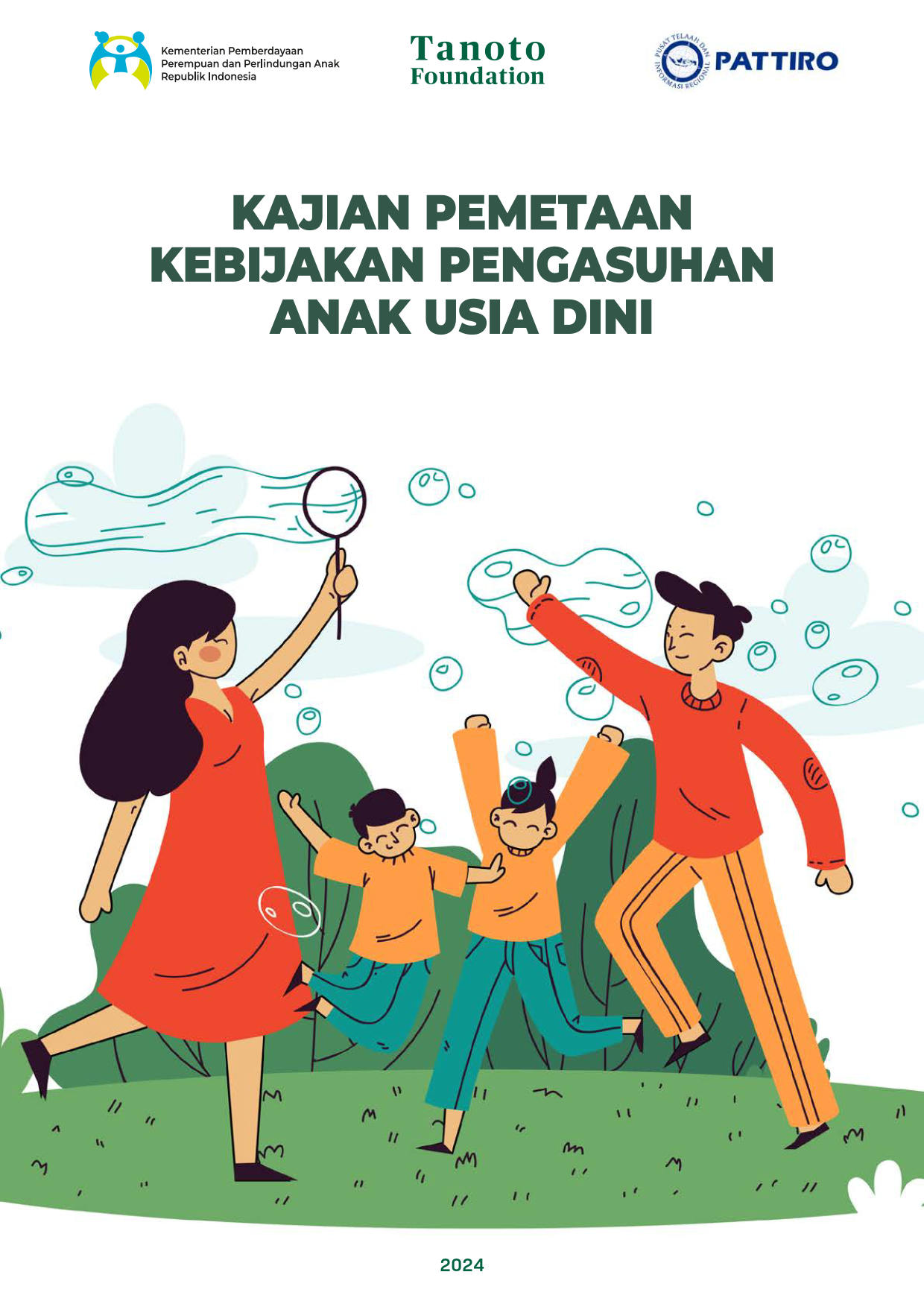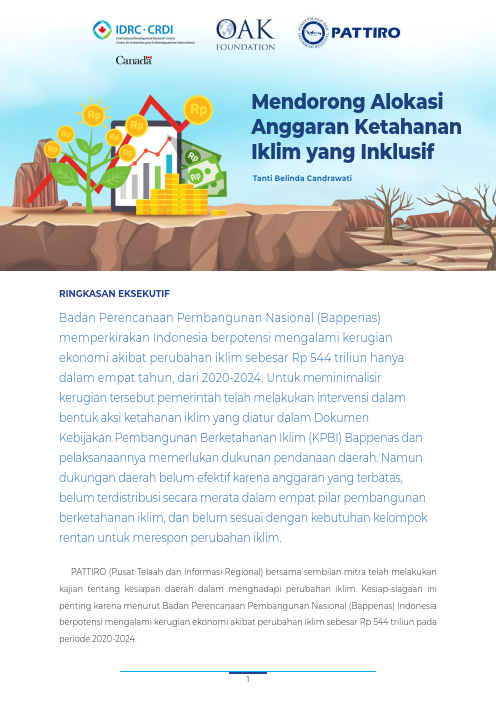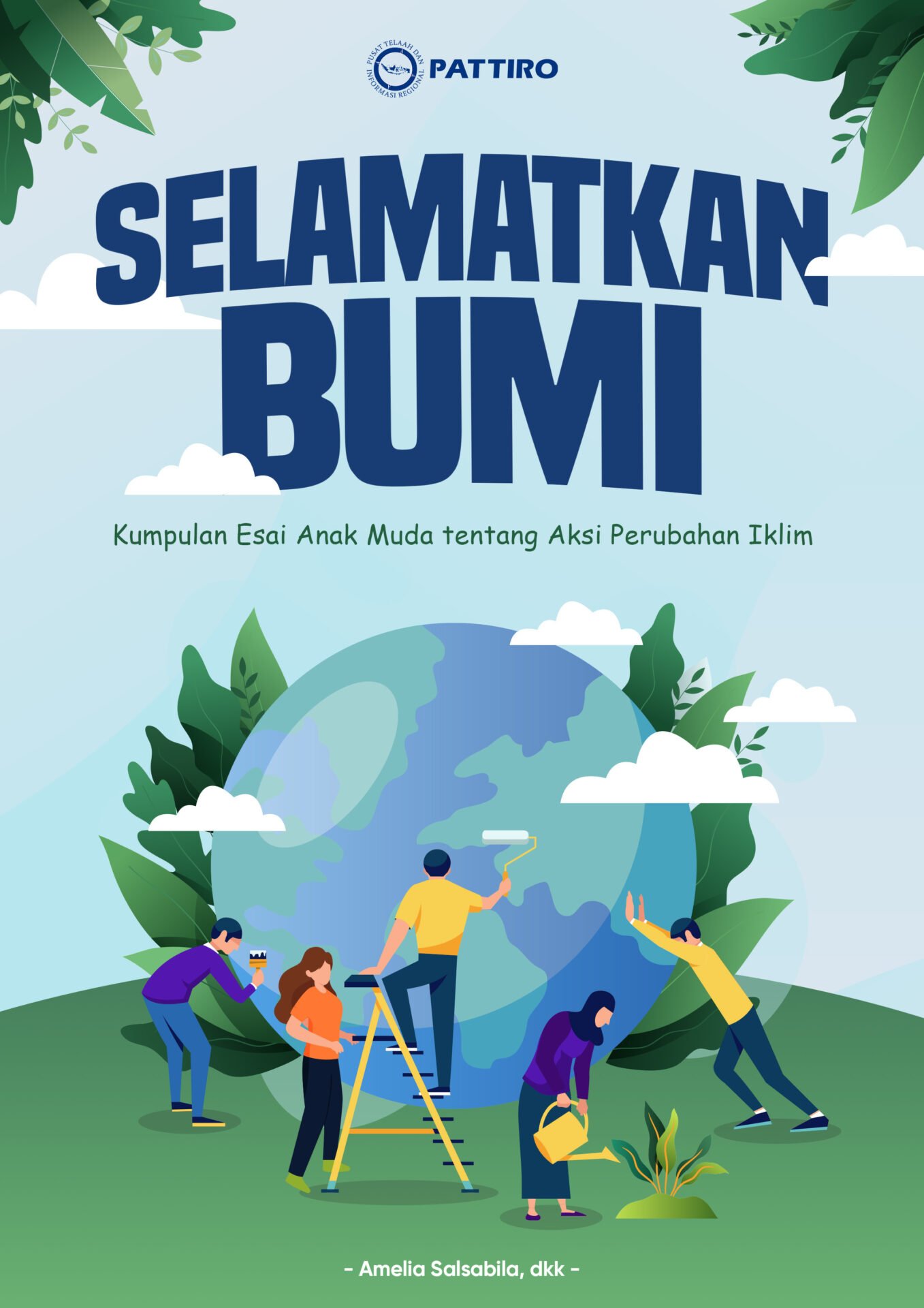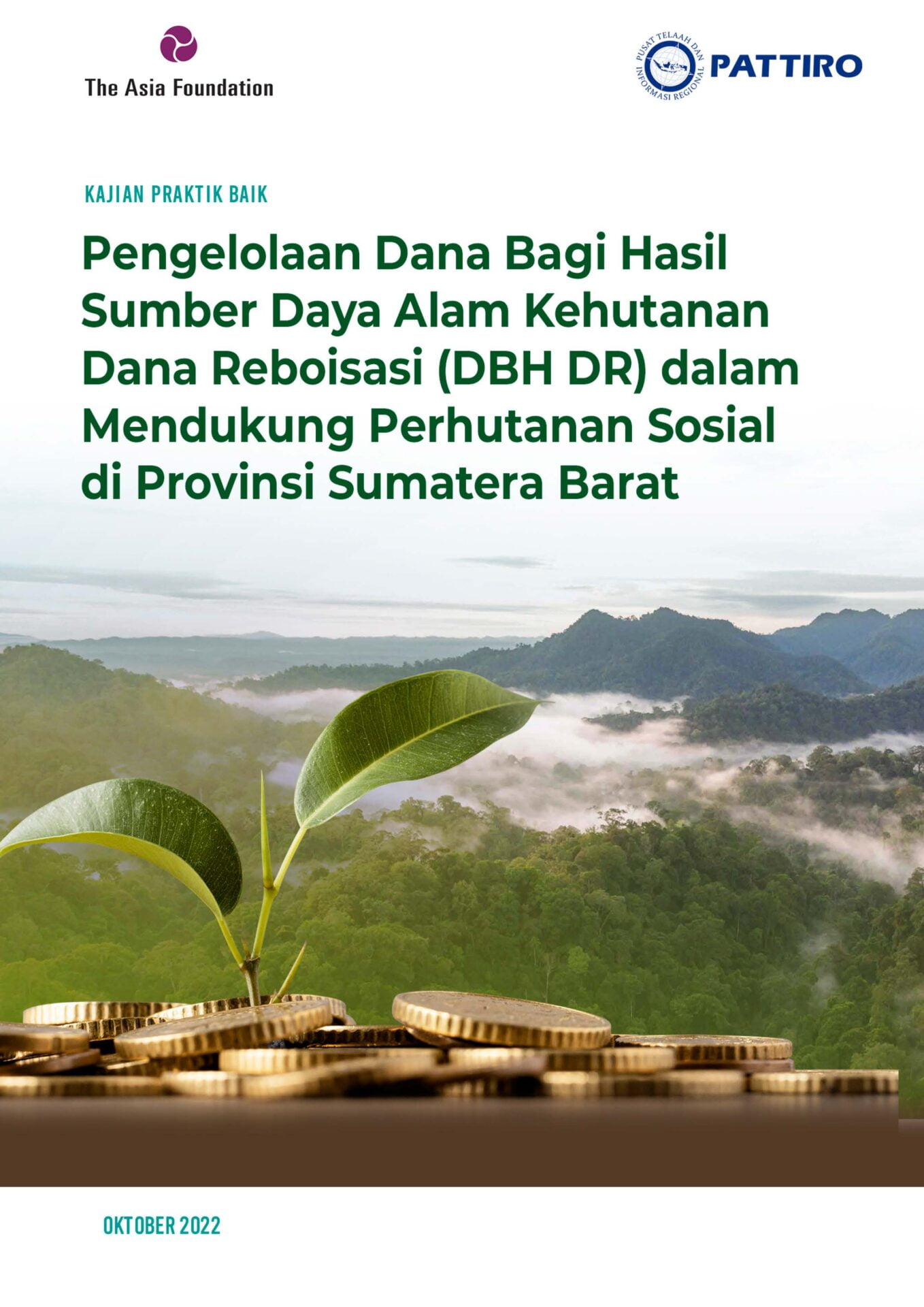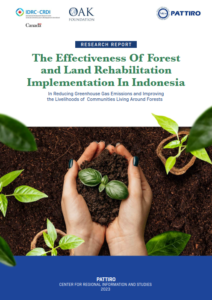 Through the Paris Agreement, Indonesia has declared its commitment to reducing greenhouse gas emissions at the global level. This commitment was confirmed by ratifying the Paris Agreement with Law Number 16 of 2016. This law enunciates the Government’s obligation to reduce greenhouse gas emissions that is determined nationally, or Nationally Determined Contributions (NDCs). Indonesia is committed to reducing greenhouse gas emissions by 31.89 percent (originally 29 percent) with own efforts and up to 43.20 percent (originally 41 percent) with international cooperation by 20301.
Through the Paris Agreement, Indonesia has declared its commitment to reducing greenhouse gas emissions at the global level. This commitment was confirmed by ratifying the Paris Agreement with Law Number 16 of 2016. This law enunciates the Government’s obligation to reduce greenhouse gas emissions that is determined nationally, or Nationally Determined Contributions (NDCs). Indonesia is committed to reducing greenhouse gas emissions by 31.89 percent (originally 29 percent) with own efforts and up to 43.20 percent (originally 41 percent) with international cooperation by 20301.
The sectors involved in achieving the NDC target are forestry (17.2 – 24.1 percent), energy (11 – 15.5 percent), waste (0.38 – 1.4 percent), agriculture (0.32 – 0, 13 percent), and industrial processes (0.10 – 0.11 percent). Forestry is the sector with the largest contribution to fulfilling Indonesia’s NDC targets. The government then developed a scenario to reduce greenhouse gas emissions in the forestry sector by targeting the rehabilitation of unproductive land (critical and highly critical land) covering an area of 5.3 million ha by 2030. The government also encouraged the synergy of social forestry and multi-permit policies for forest concessions in the form of agroforestry to accelerate the achievement of forest and land rehabilitation.
In the 2020-2024 National Medium Term Development Plan (RPJMN), forest and land rehabilitation supports two national priorities of the Joko Widodo government, i.e. priority I: strengthening economic resilience for quality growth, and priority VI: building the environment, increasing climate resilience and addressing climate change. In particular, forest and land rehabilitation is a priority program to increase the quantity or availability of water as well as sustainable land restoration in low-carbon development. This is of particular importance, because Indonesia has critical land covering an area of 14 million ha (2018). The government has set a forest and land rehabilitation target of 420 thousand ha each year or 2.1 million ha in 2020-2024.
In the 2015-2019 period, forest and land rehabilitation (FLR) was also a government priority program. In its implementation, the government has rehabilitated 1.18 million ha of critical land in the Forest Management Unit and River Watershed areas. However, this figure is still far from the target set at 5.5 million ha. In percentage terms, the achievement stood at only 22 percent. Yet, the FLR budget allocated from the National Revenue and Expenditure Budget continues to increase from year to year. In 2019, the budget for the Directorate General of Watershed and Protected Forest Control, Ministry of Environment and Forestry – the institution where the FLR program is located – amounted to IDR 3.2 trillion, a threefold increase compared to the previous year’s amount.
On the other hand, regional governments that receive Reforestation Fund Profit Sharing Funds (DBH DR) have not optimized their budgets as well. Regional governments can actually carry out FLR in accordance with Minister of Finance Regulation Number 230/PMK.07/2017 concerning the Use, Monitoring and Evaluation of Natural Resources Profit Sharing Funds for Reforestation Funds. Based on this regulation, regional governments can carry out FLR according to their authority, including activities to control climate change, social forestry, and control forest and land fires. The existence of this authority does not seem to be in line with the absorption of the existing budget. Until September 2022, there is still Rp. 4.2 trillion remaining in the Reforestation Fund Profit Sharing Fund in the regional treasuries, including Rp. 1.7 trillion in the provincial governments and Rp. 2.5 trillion in the district/city governments2. This is ironic as Indonesia is losing the opportunity to rehabilitate its forests and lands, even though funds are available.
To accelerate the achievement of FLR, the Ministry of Environment and Forestry has taken corrective action through Minister of Environment and Forestry Regulation Number P.105/MENLHK/SETJEN/KUM.1/12/2018. This regulation opens up opportunities for social forestry groups to apply for permits at FLR locations. It can be said that this policy is an effort to create synergy between social forestry and forest and land rehabilitation. However, at the end of 2021, the government revoked this regulation with Minister of Environment and Forestry Regulation Number 23 of 2021 concerning Implementation of Forest and Land Rehabilitation. This regulation does not regulate forest and land rehabilitation incentives for social forestry groups.
In the context of climate change mitigation, the implementation of FLR has not been well managed3. There is adequate budget support, both at the central and regional levels, but it has not been optimized. Communities living around forest areas have also not been fully engaged in FLR, even though a regulation governing the synergy between forest rehabilitation and social forestry has been issued in 2018.
In connection with the context above, in order to find out more about FLR policies and implementation at the national and regional levels, as well as various challenges and obstacles in the field, as well as the benefits for forest communities (both men and women), marginalized and vulnerable groups, the Center for Regional Information and Studies (PATTIRO) has carried out research titled The Effectiveness of Forest and Land Rehabilitation Program Implementation and Its Synergy with Social Forestry in Reducing Greenhouse Gas Emissions. The research was conducted in East Kalimantan, i.e. the province with the highest Reforestation Profit Sharing Funds and has critical land covering an area of 275 thousand ha (2018).

